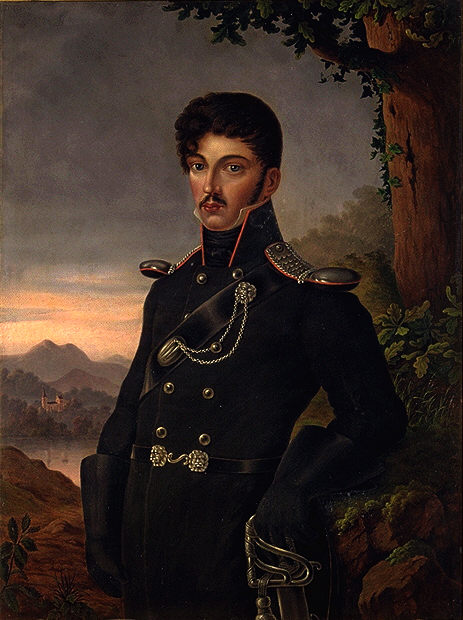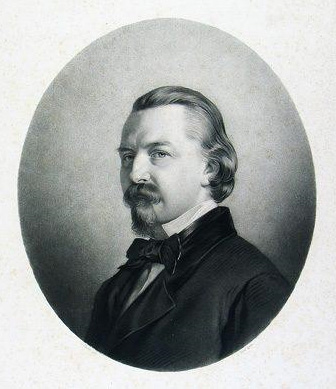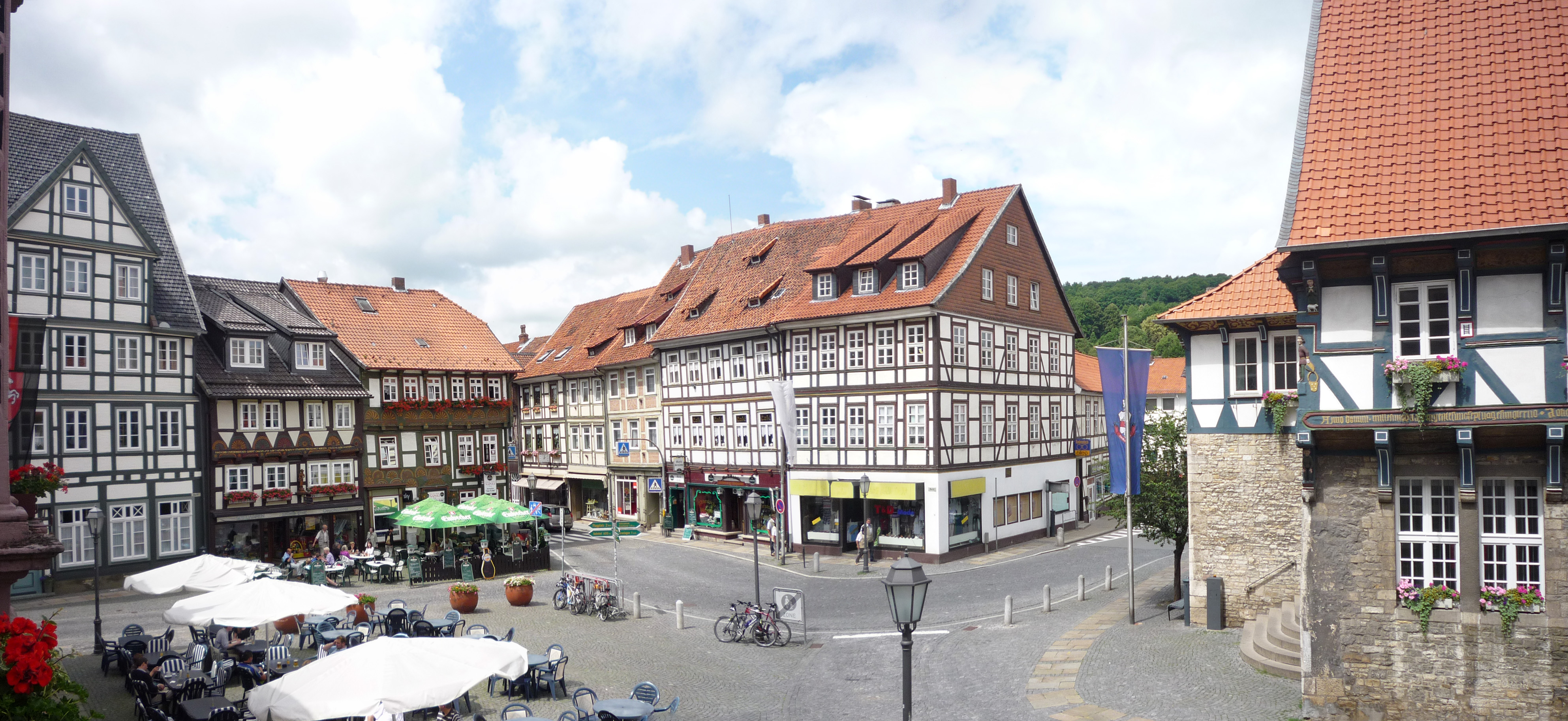|
German Half-Timbered House Road
The German Timber-Frame Road (German: ''Deutsche Fachwerkstraße'') is a German tourist route leading from the river Elbe in the north to the Black Forest and Lake Constance in the south. Numerous cities and towns each with examples of the vernacular timber-framed houses traditional to the German states are situated along the road. The total length of the route is nearly . The route is divided into seven sections, each of which follow the traditional areas of: Lower Saxony, Saxony-Anhalt, Thuringia, Hesse, Bavaria, and Baden-Württemberg. History In 1975, the 'ARGE Historische Fachwerkstädte e.V.' (Association of Historic Timber-Framed Towns) was founded. Its aim is to preserve the cultural heritage of a huge variety of different styles of half-timbering in Germany. To share this knowledge with other interested people, the 'German Timber-Frame Road' was founded in 1990. In the meantime, more than 100 timber-framed towns have joined up under the slogan "Timber-framed houses uni ... [...More Info...] [...Related Items...] OR: [Wikipedia] [Google] [Baidu] |
Stade
Stade (), officially the Hanseatic City of Stade (german: Hansestadt Stade, nds, Hansestadt Stood) is a city in Lower Saxony in northern Germany. First mentioned in records in 934, it is the seat of the district () which bears its name. It is located roughly to the west of Hamburg and belongs to that city's wider metropolitan region. Within the area of the city are the urban districts of Bützfleth, Hagen, Haddorf and Wiepenkathen, each of which have a council () of their own with some autonomous decision-making rights. Stade is located in the lower regions of the river Elbe. It is also on the German Timber-Frame Road. History The first human settlers came to the Stade area in 30,000 BC. Since 1180 Stade belonged to the Prince-Archbishopric of Bremen. In early 1208 King Valdemar II of Denmark and his troops conquered Stade. In August Valdemar II's cousin being in enmity with the king, the then Prince-Archbishop Valdemar reconquered the city only to lose it soon after ... [...More Info...] [...Related Items...] OR: [Wikipedia] [Google] [Baidu] |
Salzwedel
Salzwedel (, officially known as Hansestadt Salzwedel; Low German: ''Soltwedel'') is a town in Saxony-Anhalt, Germany. It is the capital of the district (''Kreis'') of Altmarkkreis Salzwedel, and has a population of approximately 21,500. Salzwedel is located on the German Timber-Frame Road. Geography Salzwedel is situated at the river Jeetze in the northwestern part of the Altmark. It is located between Hamburg and Magdeburg. Distances from Uelzen are E, S of Lüchow, N of Gardelegen and W of Arendsee. In 1968 test drillings revealed a significant reservoir of natural gas near the city. Divisions The town Salzwedel consists of Salzwedel proper and the following ''Ortschaften'' or municipal divisions:Hauptsatzung der Hansestadt Salzwedel § 12, 24 October ... [...More Info...] [...Related Items...] OR: [Wikipedia] [Google] [Baidu] |
Lüchow (Wendland)
Lüchow (Wendland) () is a city in northeastern Lower Saxony, in Germany. It is the seat of the ''Samtgemeinde'' ("collective municipality") Lüchow (Wendland), and is the capital of the district Lüchow-Dannenberg. Situated approximately 13 km north of Salzwedel, Lüchow is located on the German Framework Road. In the Polabian language, Lüchow is called ''Ljauchüw'' (''Lgauchi'' or ''Lieuschü'' in older German reference material). In Lüchow one can find the Stones Fan Museum. The museum is designated to the Rolling Stones and was founded in 2011. Geography The river Jeetzel, a tributary of the Elbe, flows through the city.Klaus Rohmeyer and Hans Jürgen Hansen, ''Land zwischen Heide und Meer'', Süddeutscher Verlag (publisher), 1979, page 107. The surrounding landscape was created by glacial action, rising in the west, lower in the east. A total of 89 km2 are within the limits of the city, which is divided into 24 boroughs: Several of the boroughs are named ... [...More Info...] [...Related Items...] OR: [Wikipedia] [Google] [Baidu] |
Dannenberg (Elbe)
Dannenberg is a town in the district Lüchow-Dannenberg, in Lower Saxony, Germany. It is situated on the river Jeetzel, approx. 30 km north of Salzwedel, and 50 km south-east of Lüneburg. Dannenberg has a population of 8,147 inhabitants (December 2010). Dannenberg is located on the German Timber-Frame Road. It is the seat of the ''Samtgemeinde'' ("collective municipality") Elbtalaue. It has a soccer team which plays in the regional league, TSV Dannenberg. The actual history of the town began with the construction of the castle (first mentioned in 1153) during the rule of Volrad I, Count of Dannenberg (1153–1169), who had been given the task of settling and securing the territory by Duke Henry the Lion. The Waldemarturm is a local historical landmark, a tower in which the Danish King Valdemar II was imprisoned from 1223–1224. After World War II, Dannenberg was part of West Germany. However, it is situated very close to the Elbe river, which served as the border ... [...More Info...] [...Related Items...] OR: [Wikipedia] [Google] [Baidu] |
Hitzacker
Hitzacker is a town in the Lüchow-Dannenberg district of Lower Saxony, Germany. It is situated on the river Elbe, approx. 8 km north of Dannenberg, and 45 km east of Lüneburg. The 2007 population of Hitzacker was 4,982, and its postal code is 29456. The mayor is Holger Mertins. The town is located on the German Timber-Frame Road and is part of the ''Samtgemeinde'' ("collective municipality") of Elbtalaue. The famous library now in Wolfenbüttel was founded here by Augustus the Younger, Duke of Brunswick-Lüneburg (who died in 1666) and was moved to its present location in 1643. Geography Location Hitzacker is situated at the confluence of the River Jeetzel with the Elbe. Whilst the so-called Elbe Heights (''Elbhöhen'', also ''Klötzie''), at the southeastern foot of which Hitzacker lies, belong to the natural region of the Lüneburg Heath (c.f. the Drawehn), the lowland areas of the old town belong to the Elbe valley water meadows (''Elbtalaue''). Its height ... [...More Info...] [...Related Items...] OR: [Wikipedia] [Google] [Baidu] |
Bleckede
Bleckede (, Polabian ''Bleketsa'') is a town in the district of Lüneburg, in Lower Saxony, Germany. It is situated mostly on the left bank of the Elbe, approx. 20 km east of Lüneburg. Bleckede is located on the German Timber-Frame Road. History In the course of the eastern colonisation the area of today's Bleckede became a part of the Duchy of Saxony. The current name derives from an older variant Bleketsa, a Slavic term. After the Welf Saxon, Duke Henry the Lion, had been overthrown and deposed in 1180, the Welfs lost most of Saxony, including the ducal title which was granted to the House of Ascania. The Ascanians also claimed Bleckede. However, Henry's son William of Winchester disputed that claim and made Bleckede the Welf outpost upon Elbe in 1209, in order to have a step towards the trans-Elbian areas which were in the process of colonisation by settlers from the west. William also levied a toll from ships passing Bleckede and renamed the city in honour of his fathe ... [...More Info...] [...Related Items...] OR: [Wikipedia] [Google] [Baidu] |
Harz
The Harz () is a highland area in northern Germany. It has the highest elevations for that region, and its rugged terrain extends across parts of Lower Saxony, Saxony-Anhalt, and Thuringia. The name ''Harz'' derives from the Middle High German word ''Hardt'' or ''Hart'' (hill forest). The name ''Hercynia'' derives from a Celtic name and could refer to other mountain forests, but has also been applied to the geology of the Harz. The Brocken is the highest summit in the Harz with an elevation of above sea level. The Wurmberg () is the highest peak located entirely within the state of Lower Saxony. Geography Location and extent The Harz has a length of , stretching from the town of Seesen in the northwest to Eisleben in the east, and a width of . It occupies an area of , and is divided into the Upper Harz (''Oberharz'') in the northwest, which is up to 800 m high, apart from the 1,100 m high Brocken massif, and the Lower Harz (''Unterharz'') in the east which is up to aroun ... [...More Info...] [...Related Items...] OR: [Wikipedia] [Google] [Baidu] |
Alfeld
Alfeld is a town in the state of Lower Saxony, Germany. Located on the Leine river, it is the second biggest city in the district of Hildesheim in southern Lower Saxony and part of the Metropolitan region Hannover-Braunschweig-Göttingen-Wolfsburg. Alfeld is a member of the Leinebergland region and on the German Timber-Frame Road. With the Fagus Factory, Alfeld became a UNESCO World Heritage Site in 2011. History The town was founded before 1214, with the name ''Alvelde'' recorded in 1214, 1221, and 1233. The toponymic element "-feld" means "open area", "an undeveloped, open field", or "an untilled field". "Al-" likely derives from the Indoeuropean root "el-/ol-" meaning "water", "damp", or "flowing". In 1426, Alfeld joined the Saxon League of Towns, thus becoming an indirect member of the Hanseatic League. The town was one of the smallest cities in the Hanseatic League, but had become prosperous in the fourteenth and fifteenth century through its trade in beer, hops, linen, an ... [...More Info...] [...Related Items...] OR: [Wikipedia] [Google] [Baidu] |
Bad Gandersheim
Bad Gandersheim ( Eastphalian: ''Ganderssen'') is a town in southern Lower Saxony, Germany, located in the district of Northeim. , it had a population of 9,492. Bad Gandersheim has many half-timbered houses and is located on the German Timber-Frame Road (german: Deutsche Fachwerkstraße). The town contains an airport as well. Geography The town of Bad Gandersheim lies between the Leine Uplands, Weser Uplands, and Harz Foreland in the valley of the Gande River, into which its tributary, the Eterna, empties within the town's territory. To the north lies the Heber Ridge. The borough is predominantly hilly. The Harz Mountains begin about east of the town, and to the west is the Leine Graben (german: Leinegraben). Borough divisions The borough of Bad Gandersheim consists of the following subdivisions based on the surrounding villages: History The town dates back to 852, when Gandersheim Abbey, a house of secular canonesses, was created in nearby Brunshausen by Liudolf, ... [...More Info...] [...Related Items...] OR: [Wikipedia] [Google] [Baidu] |
Einbeck
Einbeck (; Eastphalian: ''Aimbeck'') is a town in the district Northeim, in southern Lower Saxony, Germany, on the German Timber-Frame Road. History Prehistory The area of the current city of Einbeck is inhabited since prehistoric times. Various artifacts have been unearthed in the city of Einbeck itself and in the little villages and lost villages around it over the years. They date back to the Paleolithic Era. Medieval period In the Early Middle Ages a number of villages existed along the river Ilme in the middle Leine valley before Einbeck was founded. On January 1, 1158 Einbeck was first mentioned in a deed of Friedrich Barbarossa, which mentioned ''… in loco qui Einbike vocatur …''. and related to a transfer of an estate in the 11th century. Count Udo of Katlenburg owned an estate on the bank of a brook, the Krummes Wasser (crooked water). His grandson founded the stift Sankt Alexandri, that subsequently developed into an important sanctuary. On the other side of th ... [...More Info...] [...Related Items...] OR: [Wikipedia] [Google] [Baidu] |
Northeim
Northeim (; nds, Nuurten) is a town in Lower Saxony, Germany, seat of the district of Northeim, with, in 2011, a population of 29,000. It lies on the German Half-Timbered House Road. History Northeim is first mentioned in 800 in a document recording a property transfer by a Frankish nobleman to the Abbey of Fulda. In the 10th century the surrounding region became a county, administered by the Counts of Northeim. The first of them, Siegfried is mentioned in 982. From 1061 to 1070 Count Otto II held the stem duchy of Bavaria as an Imperial fief, but lost it again because of his involvement in the Saxon plot against King Henry IV. The monastery of St. Blasius was founded around 1100. In 1252 Northeim obtained town rights, and from 1384 to 1554 it was a member of the Hanseatic League. When protestantism was introduced in 1532 all the churches were allocated to the protestants. The town became part of the Kingdom of Hanover. A part of Northeim was devastated by a fire in 1832 w ... [...More Info...] [...Related Items...] OR: [Wikipedia] [Google] [Baidu] |








